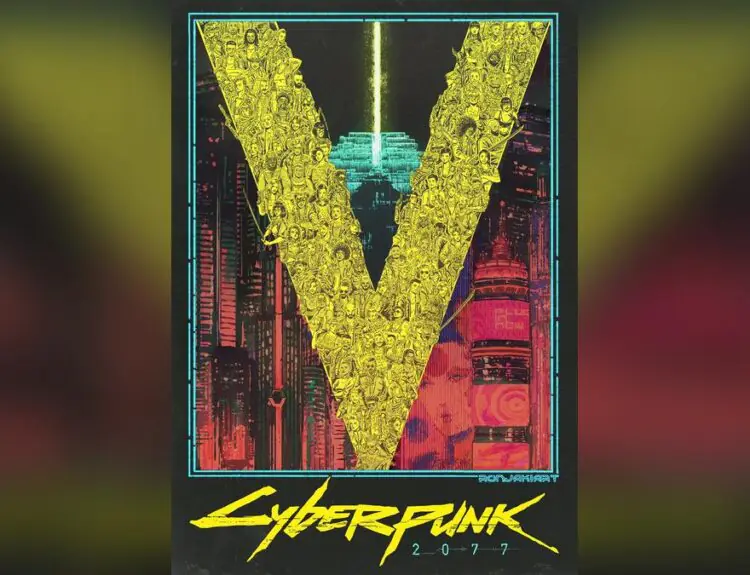Recently, a new AMD Radeon logo was spotted, which signifies a major revamp for the brand since the launch of Polaris graphics cards in early 2016. The new logo was unveiled at the PC Gaming Show during the gameplay unveiling of Gearbox’s forthcoming title, Godfall.
While it’s just a new logo, small updates like this could mean there would be a major brand revamp on the way soon. The last time a major brand revamp happened with Polaris GPUs was with the new Radeon logo that brought about the new ‘Radeon RX’ brand strategy for Polaris cards.
Coincidentally, this was also the same time Radeon Technologies Group was founded. Moreover, Raja Koduri, who led the team at RTG, currently leads the team developing Intel’s next-generation graphics architecture.
With that said, a new Radeon logo suggests major changes to the Radeon brand as a whole. Think about it. The new Radeon logo takes the same design form as the Ryzen logo.
Moreover, AMD boldly stated that its Big Navi (RDNA 2) GPU would disrupt the usual 4K gaming segment, similar to how Ryzen did offset the performance and high-end CPU segments.
Here’s a preview of the logo which was spotted by Casmodem at Twitter:
PC Gaming Show 2020, Godfall end banner (with the platforms/devs) seems its coming my dude hehe pic.twitter.com/cD6zqhbDDL
— Casmoden (@Casmoden) June 13, 2020
AMD also reassured everyone that Big Navi RDNA 2 based Radeon RX graphics card would be a fan-based halo product. However, AMD rarely uses the standard naming conventions for halo products. This was apparent with the likes of the Radeon VII and the Radeon Fury series.
Hopefully, AMD will come up with a more interesting naming methodology for its Big Navi graphics cards instead of placing it within the Radeon RX 6000 family.
Speaking of which, the Radeon RX family is anticipated to be built for more performance and mainstream forms substituting Radeon RX 5000 (RDNA 1) series graphics cards.
With that said, a recent rumor made the rounds that AMD’s high-end Radeon RX Navi GPUs could be possibly twice as fast as Navi 10, with a large disk size and a GDDR6 memory.
Some of the features to expect from 2nd Generation RDNA Navi GPUs:
• Fan-based grade desktop graphics card options
• Upgraded 7nm process node
• Hardware-Level Ray Tracing Support
• A mix of HBM2 and GDDR6
• More conservative than First-Gen Navi GPUs
Rumors have also implied that both AMD and NVIDIA are planning their next-generation forerunner graphics cards to launch this September 2020.
This means AMD’s RDNA 2 GPUs would have to compete against NVIDIA’s next-generation GPU listings. The last quarter of this year would surely be interesting times for mainstream PC gamers and hardware enthusiasts who would want to upgrade their PC with the best possible hardware.







